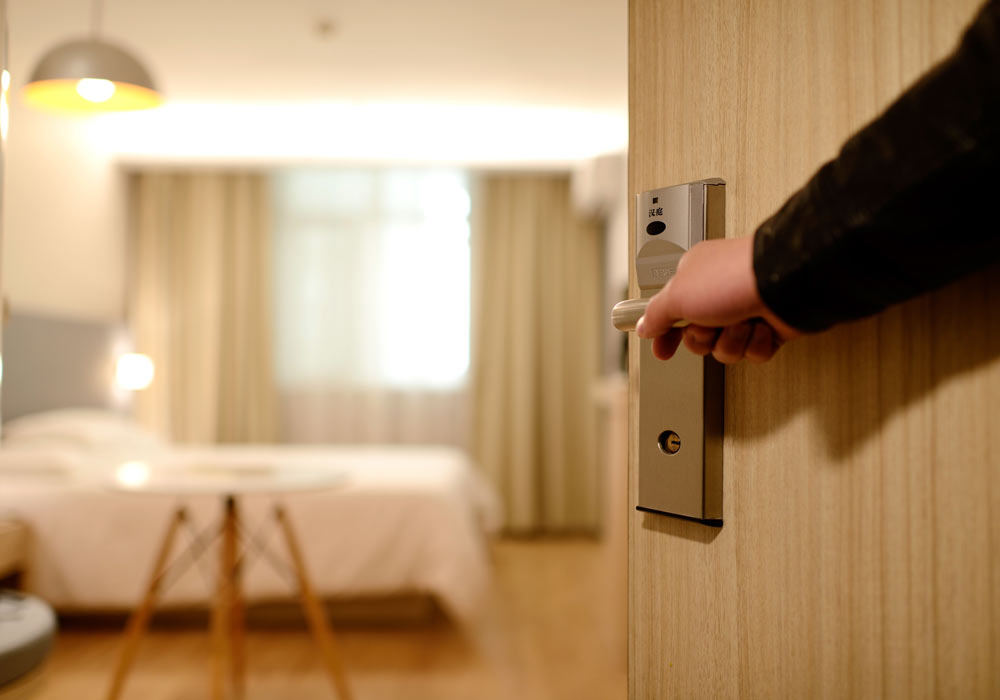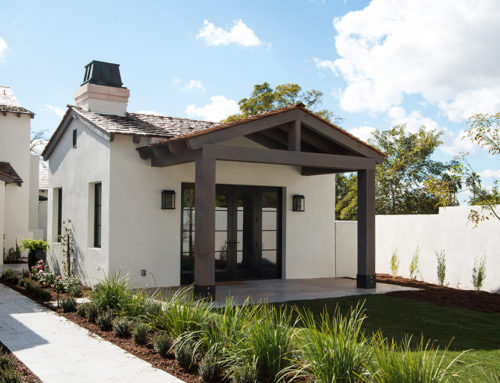I first heard about the corporate rental strategy through Al Williamson and J Martin at the SF Bay Summit. In short, instead of signing leases with regular tenants that are a year long you target corporate extended stay customers who are in town for work usually 1-3 months. These could be folks who are in your area for a project or training of some kind, travel nurses, relocation needing a temporary place to stay while they look for more permanent housing.
Lately, it seems this concept has been picking up steam and it’s easy to see why:
- Properties are expensive – to make the numbers work in California, investors have to think out of the box to achieve above-market returns
- Startup capital can be low – for younger investors willing to hustle, for $10-15k needed to furnish the rental you can get a rental and arbitrage is out for 2-3x the rent or possibly more
- Growth of Airbnb – provides a new platform to market to short-term renters, including a recent focus on business travelers.
- Regulation evolving – as many cities update and revise their regulations on short-term rentals, typically meaning less than 30 days, many folks switch gears to rent only 30+ days.
Evan Huynh, our speaker for the September Snowball Real Estate Meetup, gave us some great insights and tips on how to operate your short-term corporate rentals. If you don’t want to manage it yourself, Evan is also the founder of Go PropertyHop that provides full service short-term property management for Airbnb listings & corporate housing with over $60 million asset under management.
Know Your Customers
The biggest segment of short-term corporate rentals is relocation, which makes up for 33% of the market. The 2nd is for project or training purposes with 25%. This could range from consultants or even guys working construction that relocated temporarily since there is a labor shortage. Technology and healthcare sector make up the two biggest industries in short-term corporate rentals with 17% and 15%, respectively. For healthcare, think travel nurses or someone who just had surgery and families came in to stay with them for a period of time.

Getting Started
Now you have a sense of who the customers are, start getting an idea where they would like to stay. Close to major employers, hospitals, or airports would be good places to start. If the area has an Extended Stay America, Residence Inn or similar hotels you’re probably on the right track as well. Why re-invent the wheel when you can piggy back off of these corporations that have already had tons of brilliant MBA’s that did the market analysis and due diligence for you?
One approach is to buy a property, fix it up, and rent out by the room. Another approach is to take out a master lease on a property and rent it out by the room or capture corporate renter’s ability to pay more. This is what some folks call rental arbitrage. The same property under a traditional method rents for say $3,000 – 3,500/mo. Under this strategy you might be able to get $7-8,000 (your milage may vary depending your local market). If you are planning to do the master lease method, you should definitely let your landlord know about your plan to avoid potential future headaches down the road.
From sourcing a unit to getting it up and ready to rent Evan budgets about 3 weeks. Although it could be done a lot quicker than that if it’s a fairly basic property or just a one bedroom.
Marketing & Technology
Although Airbnb gets a lot of traffic, don’t forget about the other sites like VRBO or 2nd Address. Good ol’ Craigslist is has a many folks searching on the platform as well.
On top of those sites, there are also many great technology resources to help you operate your short-term rental. For example there is AirDNA that provides market research, PriceLabs to help you determine the optimal pricing, and Properly or Guesty (amongst many others) to help you with the management or calendar syndication
Since this is a growing space, meaning more competition, you will want to differentiate yourself apart somehow. Evan personally like to use nicer furnitures by partnering with Wayfair instead of using some cookie cutter IKEA level furniture. He’s even turned extra spaces into a mini gym or workout studio with cardio machines and light free weights etc. There are a lot of other amenities and nice touches you can add to set yourself apart.
Whether it’s less than or over 30 day short-term rentals, this space is new. The market often can innovate quicker than the municipal codes can. It is important to stay up to date on the regulations on your city, county, and state level.
What’s your favorite short-term rental tip? Leave a comment below!
Did you find this interesting? Be sure to check out our monthly Meetup to see what topics are coming up. Hope to meet you in person soon!





